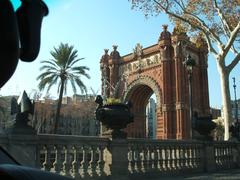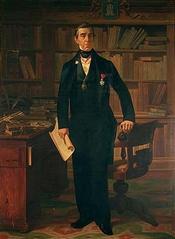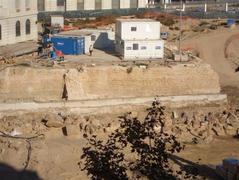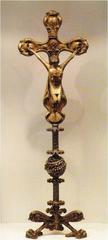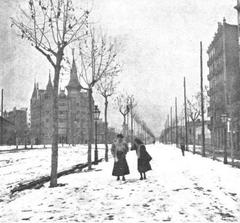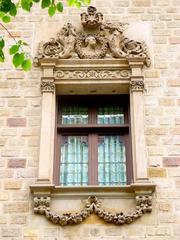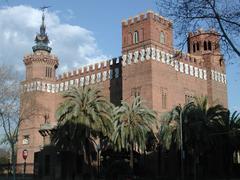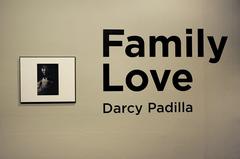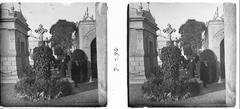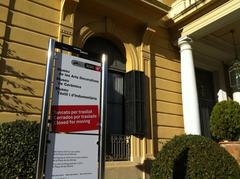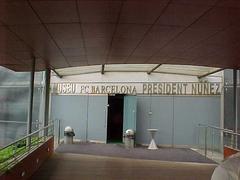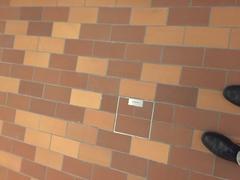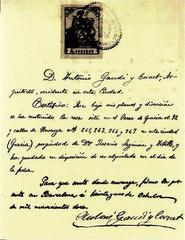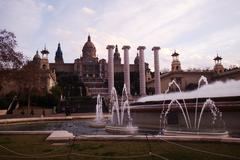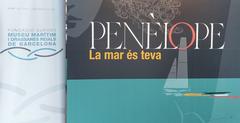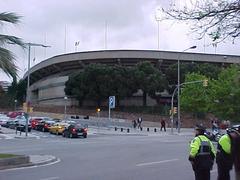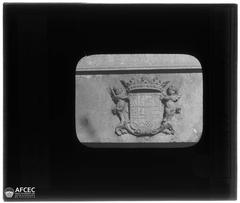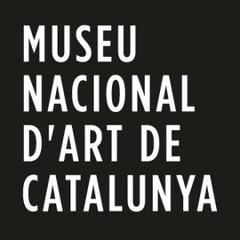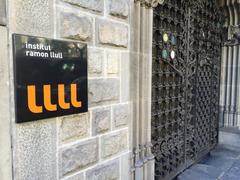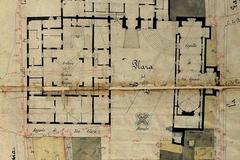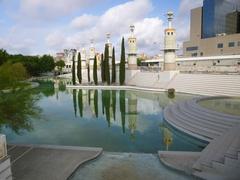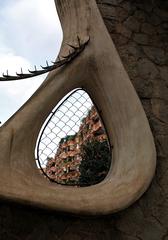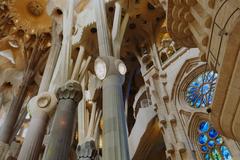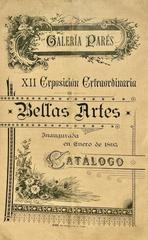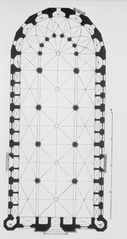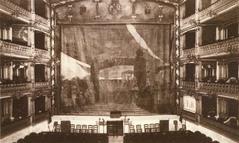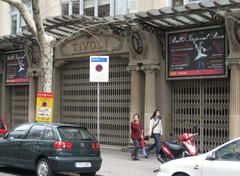Comprehensive Guide to Visiting Gaudi House Museum, Barcelona, Spain
Date: 16/08/2024
Introduction
Nestled within the enchanting Park Güell in Barcelona, the Gaudi House Museum offers visitors a unique glimpse into the life and work of Antoni Gaudí, one of the most influential architects in the history of modernist architecture. This comprehensive guide aims to provide you with an in-depth understanding of the museum’s rich history, architectural significance, and essential visitor information, ensuring you make the most of your visit to this iconic site.
The Gaudi House Museum, also known as Casa Museu Gaudí, served as Gaudí’s residence from 1906 to 1925. Originally designed as a show home for the Park Güell development project by Gaudí’s close collaborator, Francesc Berenguer i Mestres, the house embodies Gaudí’s unique architectural style, characterized by organic forms and nature-inspired designs. Despite the project’s initial commercial failure, the house became Gaudí’s sanctuary, a place where he could experiment with his innovative ideas while working on monumental projects like the Sagrada Família.
Since its transformation into a museum in 1963, the Gaudi House Museum has been dedicated to preserving and showcasing the life and works of Antoni Gaudí. Visitors can explore original furnishings, personal belongings, and various documents related to his architectural projects, offering an intimate glimpse into his creative process. Recognized as a UNESCO World Heritage Site in 2005, the museum stands as a testament to Gaudí’s enduring influence on modernist design and his significant contributions to the world of architecture.
Table of Contents
- [Origins and Early Development](#origins-and-early-developmentorigins-and-early-development)
- [Construction and Design](#construction-and-designconstruction-and-design)
- [Gaudí’s Residence](#gaudís-residencegaudís-residence)
- [Transition to a Museum](#transition-to-a-museumtransition-to-a-museum)
- [Museum Development and Exhibits](#museum-development-and-exhibitsmuseum-development-and-exhibits)
- [Architectural Significance](#architectural-significancearchitectural-significance)
- [UNESCO World Heritage Site](#unesco-world-heritage-siteunesco-world-heritage-site)
- [Visitor Information](#visitor-informationvisitor-information)
- [Visitor Experience](#visitor-experiencevisitor-experience)
- [Practical Information](#practical-informationpractical-information)
- [FAQ](#faqfaq)
- [Conclusion](#conclusionconclusion)
- [References](#referencesreferences)
Origins and Early Development
The Gaudi House Museum has a rich history that dates back to the late 19th century. The concept of the house originated from the ambitious vision of Catalan industrialist Eusebi Güell i Bacigalupi. After a stay in England, Güell returned to Barcelona with the idea of creating a garden city for the Catalan bourgeoisie. He acquired the property known as Can Muntaner de Dalt in 1899 and commissioned Antoni Gaudí to design the project, which was to include sixty houses with gardens and all necessary services.
Construction and Design
The model home, which would later become the Gaudi House Museum, was designed by Gaudí’s close friend and collaborator, Francesc Berenguer i Mestres. The construction was carried out by contractor Josep Casanovas i Pardo between 1903 and 1905. Despite the meticulous design and the innovative concept, the project failed to attract buyers. Consequently, in 1906, Gaudí himself purchased the house and moved in with his father and niece. Tragically, his father passed away the same year, and his niece died in 1912, leaving Gaudí to live alone in the house until 1925.
Gaudí’s Residence
Gaudí resided in the house for nearly two decades, from 1906 to 1925. During this period, he continued to work on various projects, including his magnum opus, the Sagrada Família. The house served not only as his residence but also as a space where he could experiment with his architectural ideas. In 1925, a few months before his death, Gaudí moved to the workshop of the Sagrada Família Basilica to be closer to his work.
Transition to a Museum
After Gaudí’s death in 1926, the house was inherited by the Foundation Board of La Sagrada Família, as stipulated in his will. The property was subsequently sold to the Chiappo Arietti couple. In 1960, the Friends of Gaudí association initiated a campaign to purchase the house from the Chiappo Arietti’s descendants with the aim of converting it into a museum. This effort culminated in the opening of the Gaudi House Museum on 28 September 1963.
Museum Development and Exhibits
Since its inauguration, the Gaudi House Museum has been dedicated to preserving and showcasing the life and works of Antoni Gaudí. The museum houses a collection of furniture and objects designed by Gaudí, offering visitors an intimate glimpse into his personal and professional life. The exhibits include original furnishings, personal belongings, and various documents related to his architectural projects.
The museum’s museography has evolved over the years to present the contents in a more attractive and educational manner. The Foundation Junta Constructora del Temple Expiatori de la Sagrada Família continues to work on enhancing the museum’s displays and conducting research on Gaudí’s legacy.
Architectural Significance
The Gaudi House Museum is not only significant for its historical value but also for its architectural brilliance. The house itself is a testament to Gaudí’s unique style, characterized by its pink façade, irregular oval windows, and imaginative ceramic tiles. These elements reflect Gaudí’s philosophy of blending nature-inspired forms with Catalan modernism.
UNESCO World Heritage Site
In recognition of its cultural and historical importance, the Gaudi House Museum, along with other works by Gaudí, was inscribed as a UNESCO World Heritage Site in 2005. This designation underscores the global significance of Gaudí’s contributions to architecture and his enduring influence on modernist design.
Visitor Information
The Gaudi House Museum is open daily, with varying hours depending on the season. As of 2024, the museum is managed by BSM, ensuring smooth operations and an enriching visitor experience.
- Opening Hours: Vary by season, check the official website for current timings.
- Ticket Prices: €5.50 for adults, €4.50 for students and pensioners, free for children under 10 (source).
- Accessibility: The museum is wheelchair accessible, with ramps and elevators available.
- Special Events: Guided tours and special exhibitions are regularly hosted. Check the museum’s event calendar for details.
Visitor Experience
Visitors to the Gaudi House Museum can expect a comprehensive and immersive experience. The museum offers a unique opportunity to explore the rooms where Gaudí lived and worked, providing insights into his creative process. The exhibits are complemented by informative displays that shed light on Gaudí’s life, inspirations, and contributions to the world of architecture.
Practical Information
- Nearest Public Transport: The museum is easily accessible via public transport. The nearest metro station is Lesseps (L3).
- Parking Facilities: Limited parking is available near Park Güell; visitors are encouraged to use public transport.
- Suggested Itineraries: Combine your visit with a tour of Park Güell and other Gaudí landmarks for a full day of exploration in Barcelona.
FAQ
Q: What are the visiting hours for the Gaudi House Museum? A: The visiting hours vary by season. Please check the official website for the most up-to-date information.
Q: How much are tickets to the Gaudi House Museum? A: Tickets are priced at €5.50 for adults, €4.50 for students and pensioners, and are free for children under 10.
Q: Is the Gaudi House Museum wheelchair accessible? A: Yes, the museum is wheelchair accessible, with ramps and elevators available.
Q: Are there guided tours available? A: Yes, the museum offers guided tours and special exhibitions. Check the event calendar for details.
Conclusion
The Gaudi House Museum stands as a vibrant testament to the artistic genius of Antoni Gaudí. Its rich history, architectural significance, and carefully curated exhibits make it a must-visit destination for anyone interested in Gaudí’s work and the broader context of modernist architecture. By preserving and showcasing Gaudí’s legacy, the museum offers visitors a unique opportunity to connect with one of history’s greatest architects and gain a deeper appreciation for his groundbreaking contributions to the world of art and design.
References
- Park Güell, Wikipedia source url
- Sagrada Família, Official Website source url
- Gaudí House Museum, Go World Travel source url
- Barcelona Turisme, Official Tourism Website source url
- Nomadic Matt, Travel Blog source url
- BCN Travel, Travel Guide source url
- The Better Vacation, Travel Tips source url
- Barcelona Hacks, Travel Guide source url
- IR Barcelona, Museum Guide source url
- Barcelona Life, Travel Guide source url
- Barcelona City Guide, Travel Tips source url


